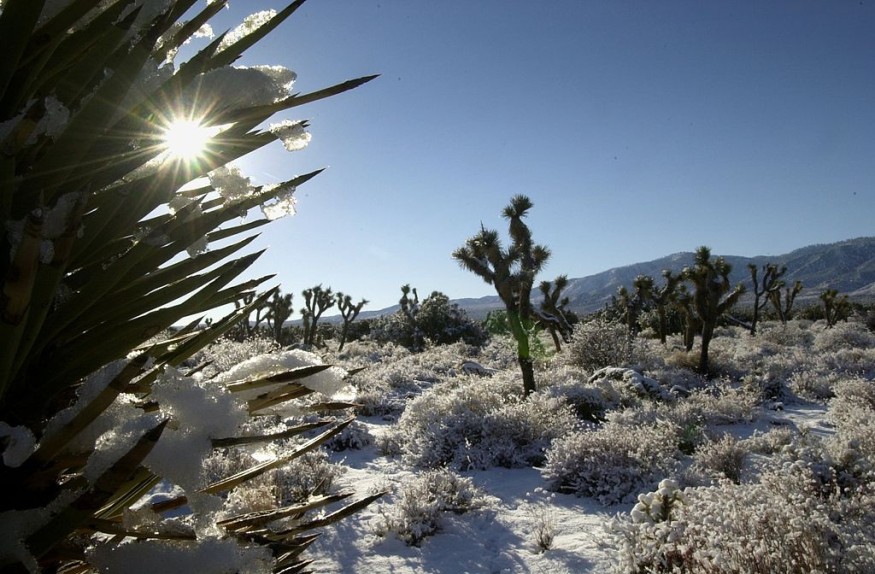Monsoon rain in the Southwest and a cold front in the Southeast will be the main weather conditions of these quadrants in the United States this week, according to the National Weather Service (NWS) on Thursday, August 11.
The so-called active monsoon season in portion of the Western US could trigger thunderstorms and flooding.
Meanwhile, the cold air in the east will lead to a heat relief in the Eastern US.
Since June, a vast portion of the US experienced a series of heat waves or heat domes, including the Pacific Northwest, Central US, Northeast, and Southeast.
While there had been instances of severe weather and flooding, the lurking cold front could lead to a heat relief in the Eastern US in the short-term period.
Weather forecasts point out the North American country is heading toward its fall season.
In the Southwest, the recurring localized heavy rain and flooding related to the so-called "monsoonal moisture" will continue in some locations.
This could also be the case for the Southeast and its adjacent regions in the Gulf Coast; since the cold front is expected to produce rain and storms.
The NWS weather forecast was issued approximately two weeks after Eastern Kentucky witnessed severe flooding due to torrential rain, killing at least 37 people.
The weather outlook also follows the widespread "dangerous heat," which the US weather agency previously described and forecasted to travel from the West Coast into the East Coast.
NWS Weather Forecast

On Thursday, the NWS' Weather Prediction Center (WPC) in College Park, Maryland, released another short range forecast that is valid from Friday to Sunday, August 12 to August 14.
The weather agency reiterates there is a renewed risk of monsoonal storms and potential flooding brought by the Southwestern Monsoon in some areas from the Southwest and into the Great Basin and Rockies.
Showers and thunderstorms with heavy rainfall is also anticipated in locations along the Gulf Coast until the early weekend.
Below-average temperatures and drier air will be behind an advancing cold front towards the south.
The agency added that this will bring a "comfortable" weekend in the Eastern region.
Heat Relief
Fox Weather through its "FOX Forecast Center" reported that millions of Americans from the Northeast to the Midwest will receive the needed extended break from the recent heat, as cooler air from Canada into the eastern half of the country.
Manifested through the cold front, these large masses can stretch a thousand mile across and stay either on high latitudes or at low latitudes for several days, American Geosciences Institute (AGI).
The AGI said that the air mass could either be very cold or very warm, also referred to as a warm front.
The institute also explained the coldest winter weather in the US transpired when the cold air mass from the arctic regions of northeast Asia, Alaska, or northern Canada moves toward the lower parts of North America.
© 2025 NatureWorldNews.com All rights reserved. Do not reproduce without permission.





